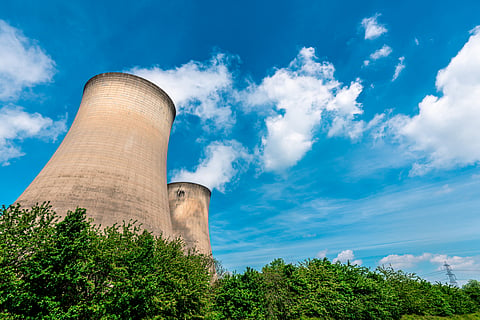

UN ESCAP report warns power-plant exposure to days above 40°C will more than double by 2099.
Cooling demand expected to triple by 2050, with air conditioners already emitting 1bn tonnes of CO₂ a year.
Rising temperatures weaken thermal and renewable energy performance, increasing the risk of outages.
South and South-West Asia face the steepest rise in exposure to extreme heat.
ESCAP urges urgent action to strengthen heat-resilient energy systems and expand efficient cooling.
Extreme heat is pushing Asia–Pacific’s power systems towards breaking point. The latest United Nations Economic and Social Commission for Asia and the Pacific (ESCAP) assessment shows the region’s energy systems are edging towards systemic failure as extreme heat intensifies, with the share of power plants exposed to days above 40 degrees Celsius (°C) expected to more than double to 8 per cent by 2099 — and surge to more than 20 per cent in South and South-West Asia.
At the same time, global cooling demand is on track to more than triple by 2050, with air conditioners already responsible for 1 billion tonnes of carbon dioxide a year.
As temperatures climb across the region, the Asia-Pacific Disaster Report 2025: Rising Heat, Rising Risk warns that energy systems are becoming the first point of collapse. Heatwaves cause sudden spikes in electricity demand as millions rely on air conditioning, even as soaring temperatures simultaneously weaken generation and grid performance. This twin stress — demand surging while supply shrinks — is already causing brownouts during the hottest days, when access to cooling becomes a life-saving necessity.
Cooling is now essential for the survival of vulnerable populations, yet the energy it requires is vast and growing. High temperatures also erode supply: Thermal power plants lose efficiency as cooling water warms; transmission lines sag and carry less current; and solar PV systems lose about 0.5 per cent efficiency for every 1°C rise in air temperature.
The long-term risks are stark. Under a high-emissions pathway, ESCAP projects that the share of power plants exposed to days above 45°C will rise to 1.3 per cent, with South and South-West Asia again the most vulnerable, where exposure could climb from near zero to almost 13 per cent by the end of the century.
These failures have cascading consequences: hospitals lose cooling, water systems shut down, food supply chains are disrupted and urban safety nets collapse. Power outages during extreme heat can quickly become deadly, ESCAP warns, especially for communities without backup systems.
The report urges governments to act quickly by strengthening heat-resilient power planning; integrate water-energy-food strategies; expand passive and nature-based cooling; and build regional “green cooling corridors” to scale up efficient technologies.
Without decisive action, ESCAP cautions, climate-driven heat will push the region’s energy systems past breaking point, precisely when billions of people need them most.